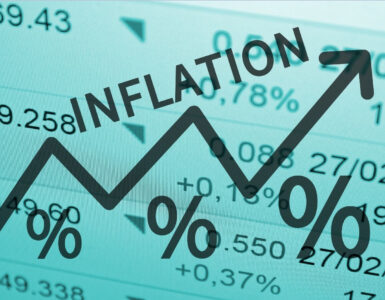It’s a good omen that U.S. stocks rose on the first trading day of 2022 — just not a meaningful one.
Despite the claims made by some exuberant bulls, the odds the stock market will rise for all of 2022 are only barely higher because the Dow Jones Industrial Average gained almost 250 points, or 0.7%, to kick off the new year.
I reached this conclusion about this so-called “First Day of January” indicator by analyzing historical data for the Dow back to its creation in 1896. In years in which the Dow was up on the first trading day of January, the stock market rose 72% of the time from then until the end of the year. That’s only slightly higher than the 65% odds that apply to all years regardless of how equities performed on the first trading day of January. This seven-percentage-point increase in a positive year is only marginally significant at the 95% confidence level that statisticians often use when determining if a pattern is genuine.
Another reason not to put too much significance in these results is that the pattern traces largely to the earlier part of the 20th century. Since 1960, in contrast, there has been no statistically significant correlation between the market’s first-day returns and how it does the rest of the year. Last year was a good example: the Dow lost 1.3% on the first trading day of January 2021, then proceeded to gain more than 20% through December.
Another reason not to make too much of the stock market’s performance on the first day of the calendar: The first trading days of all months appear to be correlated with the market’s direction over the subsequent 12 months; January is not particularly unique in this regard.
Also, correlation is not causation. The correlation that shows up in the historical data is likely nothing more than the tendency for the stock market to rise more often than it falls on any given day, just as it is more likely to rise than fall in any given 12-month period. But that doesn’t mean the one caused the other.
I also want to discuss the “First Five Days of January” indicator, according to which the market’s return over the first five trading days of January foretells its trend for the year. Since the Dow’s creation in 1896, there is even less statistical support for this indicator than for the “First Day of January” indicator.
Might there be some way of slicing and dicing the data that improves either of these indicators? I couldn’t find one. The indicators have been no stronger in the second years of a presidential term, for example. Nor have they been more worth paying attention to when the stock market was especially strong the previous calendar year — as it was in 2021.
The bottom line? While you can celebrate the stock market’s gain to start 2022, don’t get carried away. The gain tells you next to nothing about how the stock market will perform for the rest of this year.
Source: MSN Money










